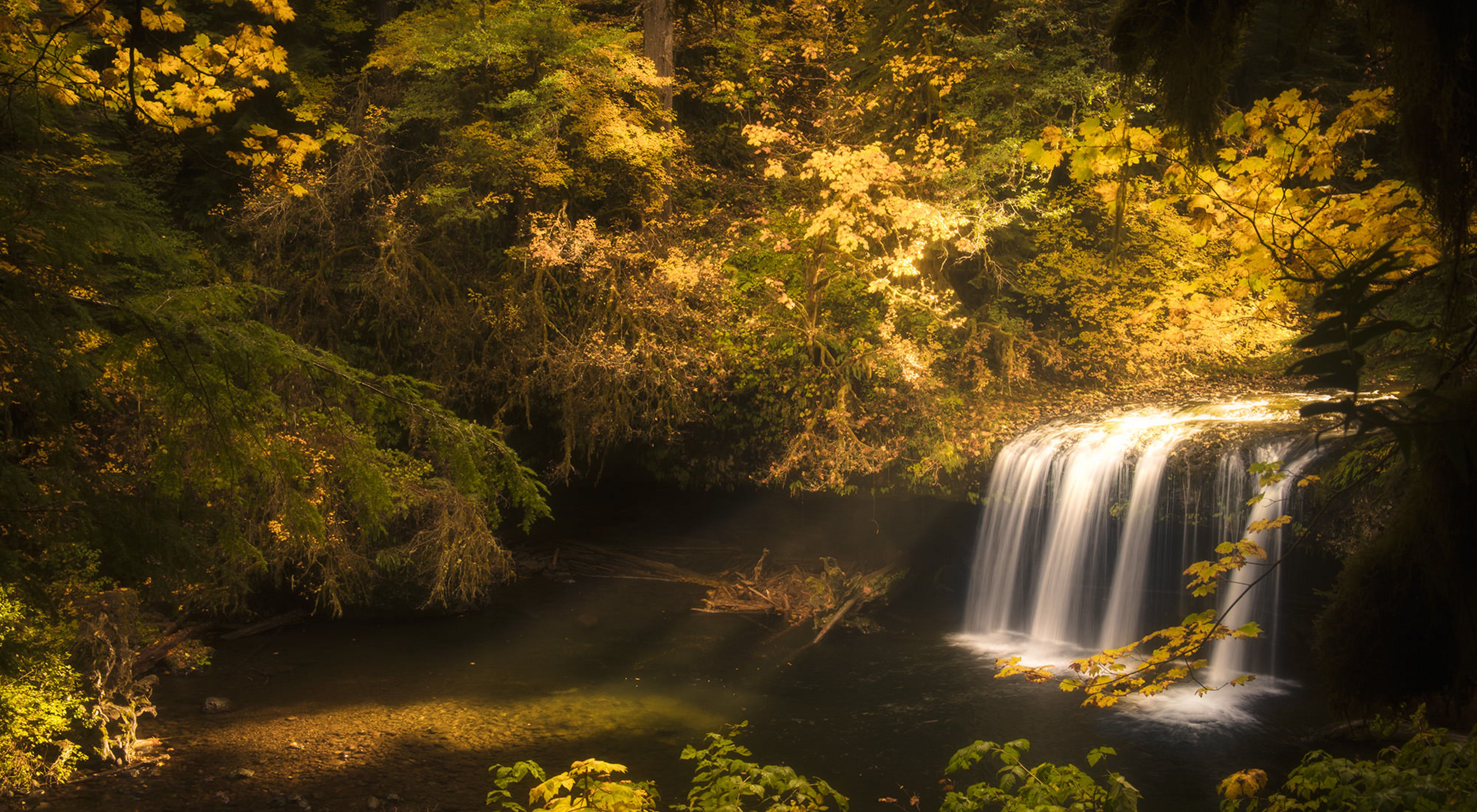Nearly half of our state is covered by forests, but the tremendous variations in Oregon’s geography provide a wide range of tree species. While the Douglas fir and Sitka spruce near the Oregon Coast are ready for high winds and unrelenting moisture, the arid ponderosa pine forests east of the Cascade Mountains have adapted to thrive in the face of dry summers and regular, low-intensity fires.
It can be tough to identify all 65 native tree species in Oregon, but this guide will help you identify the more common ones. Explore below, download a pdf to take with you on the trail, or stop by our office in Portland to pick up a poster to hang up at home.
10 Common Oregon Trees
It may take a while before you can spot the differences between all 65 tree species native to Oregon, but these ten are a great place to start. Keep an eye out on your next walk through the neighborhood or hike in the mountains.
-

Bigleaf Maple (Acer macrophyllum)
• 40 to 100 feet tall • Found throughout western Oregon, often in riparian hardwood forests or mixed with evergreens and oaks • Largest leaves of all maple trees
-
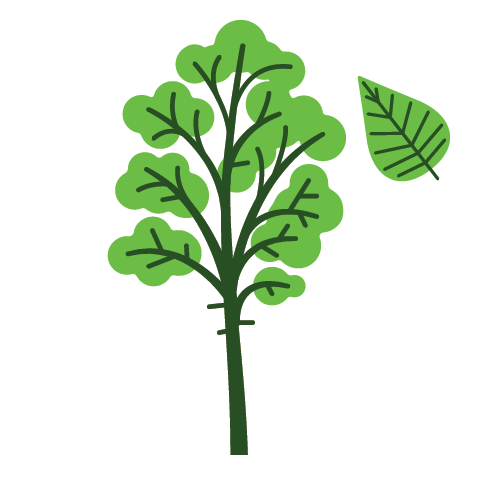
Black Cottonwood (Populus trichocarpa)
• 100 to 200 feet tall • Found near rivers and streams in valleys and foothills • The tallest broadleaf trees in western North America
-
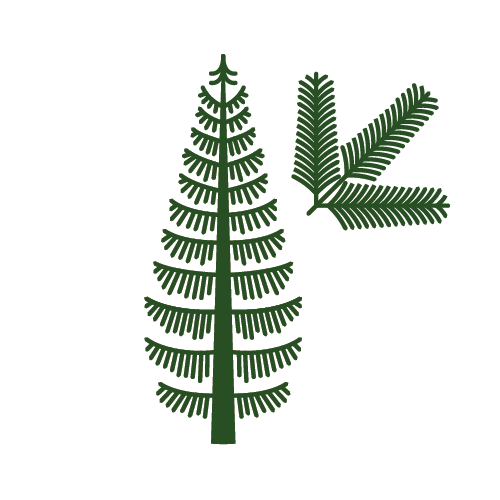
Douglas Fir (Pseudotsuga menziesii)
• 100 to 250 feet tall • The state tree is found prolifically throughout western Oregon • Large and sun-loving, the "Doug fir" is named for botanist David Douglas
-
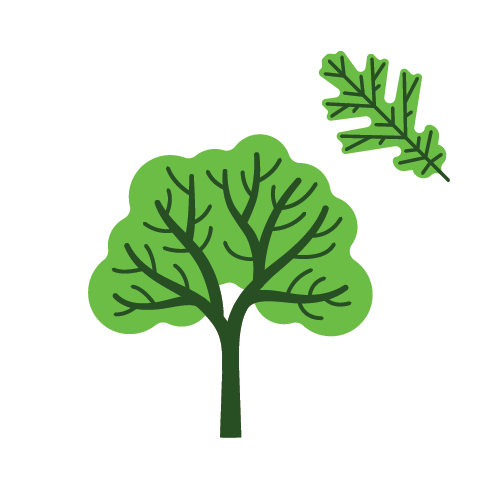
Oregon White Oak (Quercus garryana)
• 60 to 80 feet tall • Hearty, slow-growing trees often found in "oak savannahs" that are too exposed or too dry for other trees to thrive • Home to more than 200 species of native wildlife
-
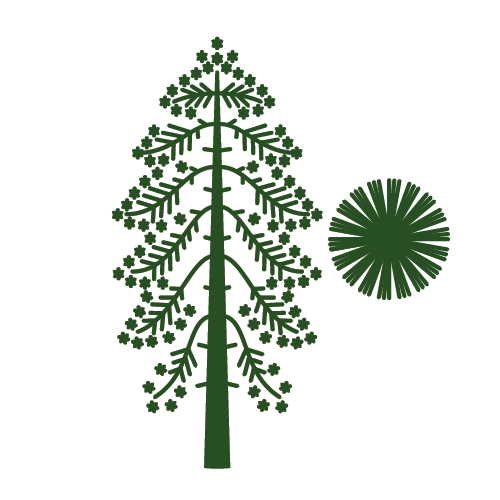
Ponderosa Pine (Pinus ponderosa)
• 125 to 180 feet tall • Commonly found in drier, Eastern Oregon • Adapted to thrive with frequent, low intensity ground fires • Orange-red bark with needles in bunches of three
-
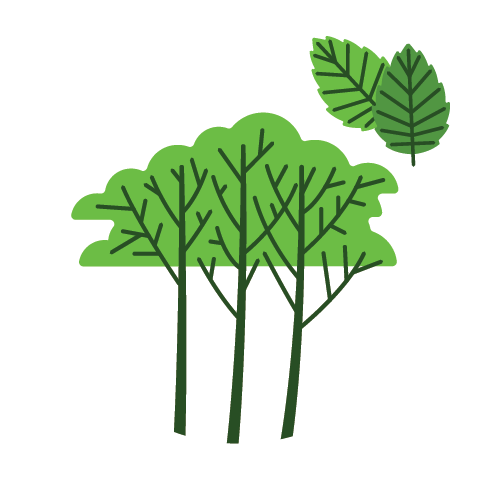
Red Alder (Alnus rubra)
• 30 to 120 feet tall • Often found in wet areas and along streams west of the Cascades • Mottled, smooth, gray bark
-
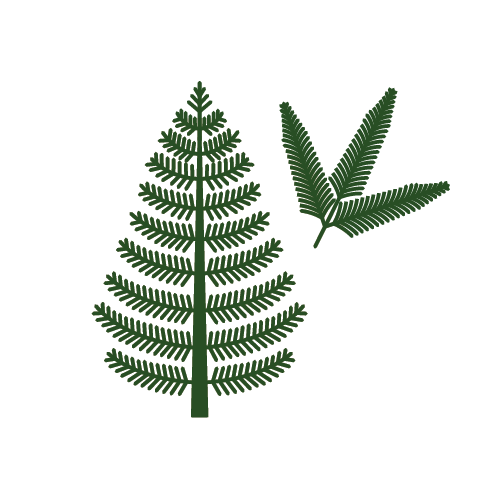
Sitka Spruce (Picea sitchensis)
• 125 to 180 feet tall • Found in cool, foggy areas within 20 miles of the Pacific • Cones are round, scaled and irregularly toothed
-

Western Hemlock (Tsuga heterophylla)
• 125 to 200 feet tall • Found in temperate rain forests within 100 miles of the Coast • Easily identified by their hanging branch tips
-
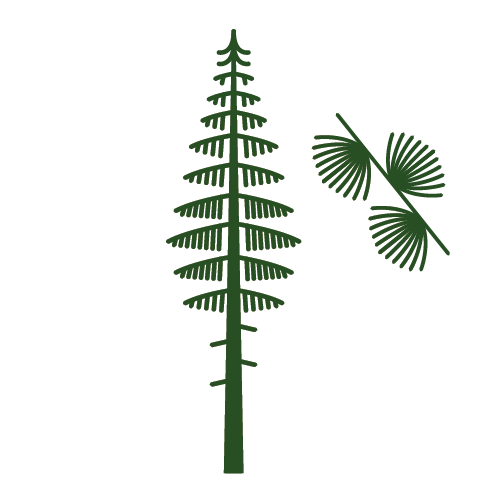
Western Larch (Larix occidentalis)
• 100 to 180 feet tall • Prefers cool, moist, mountainous slopes throughout north central and northeastern Oregon • Straight trunk, short branches, and sparse, flat, feathery needles
-
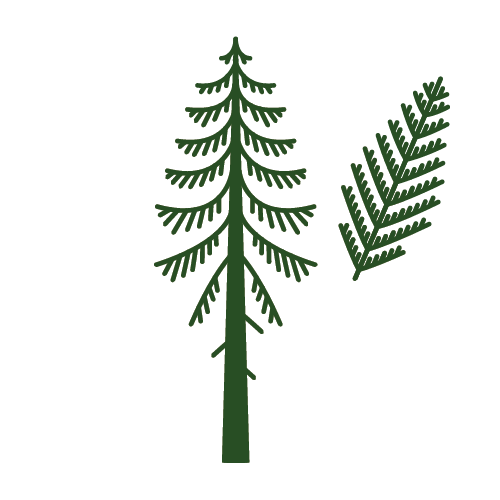
Western Red Cedar (Thuja plicata)
• 150 to 200 feet tall • Prefer moist locations, making it a main contributor of large, woody debris important to healthy river habitat • Scaly, sharp leaves and droopy branches that flip upward
